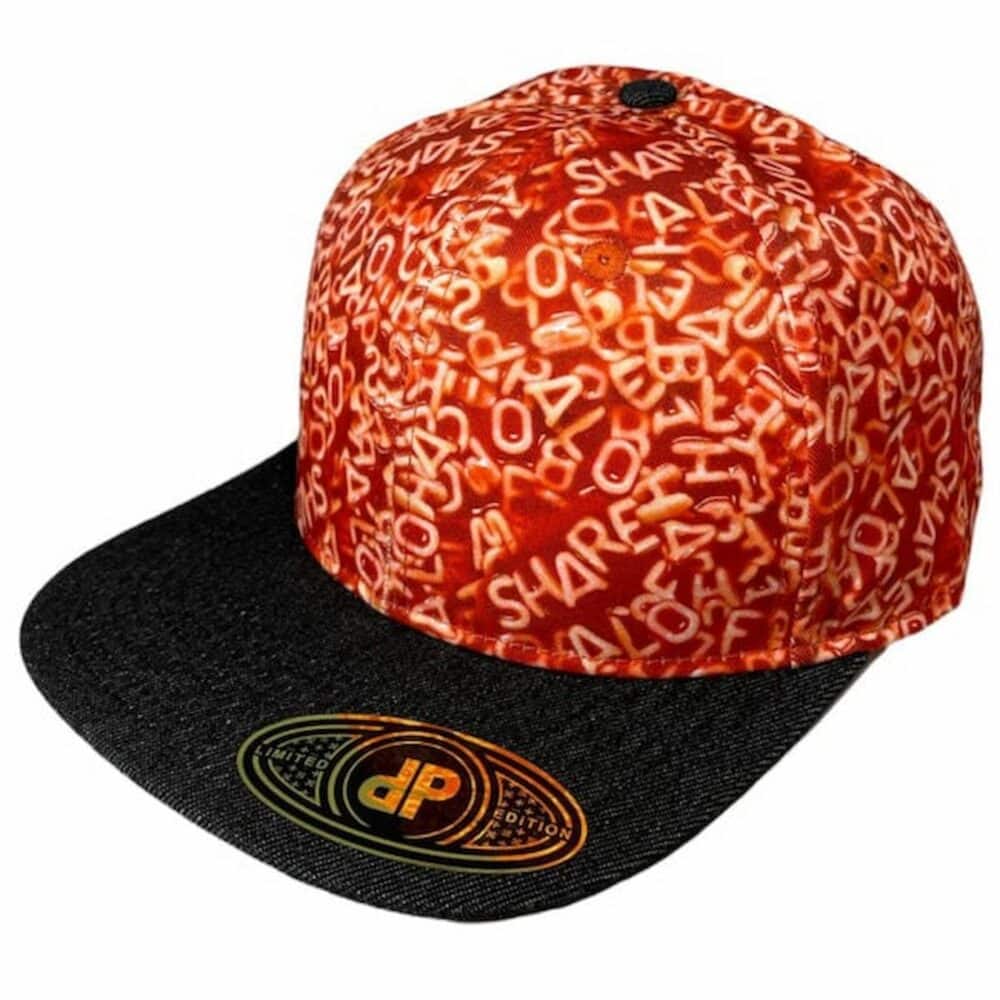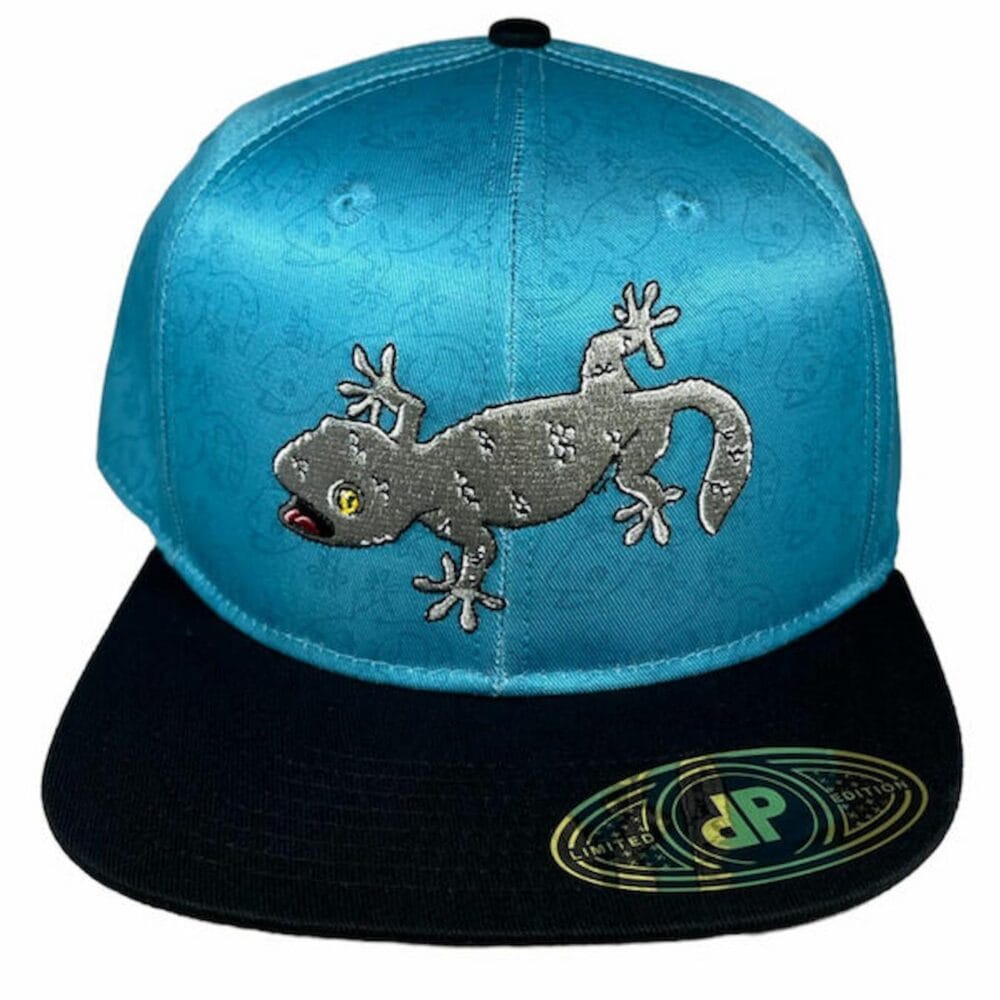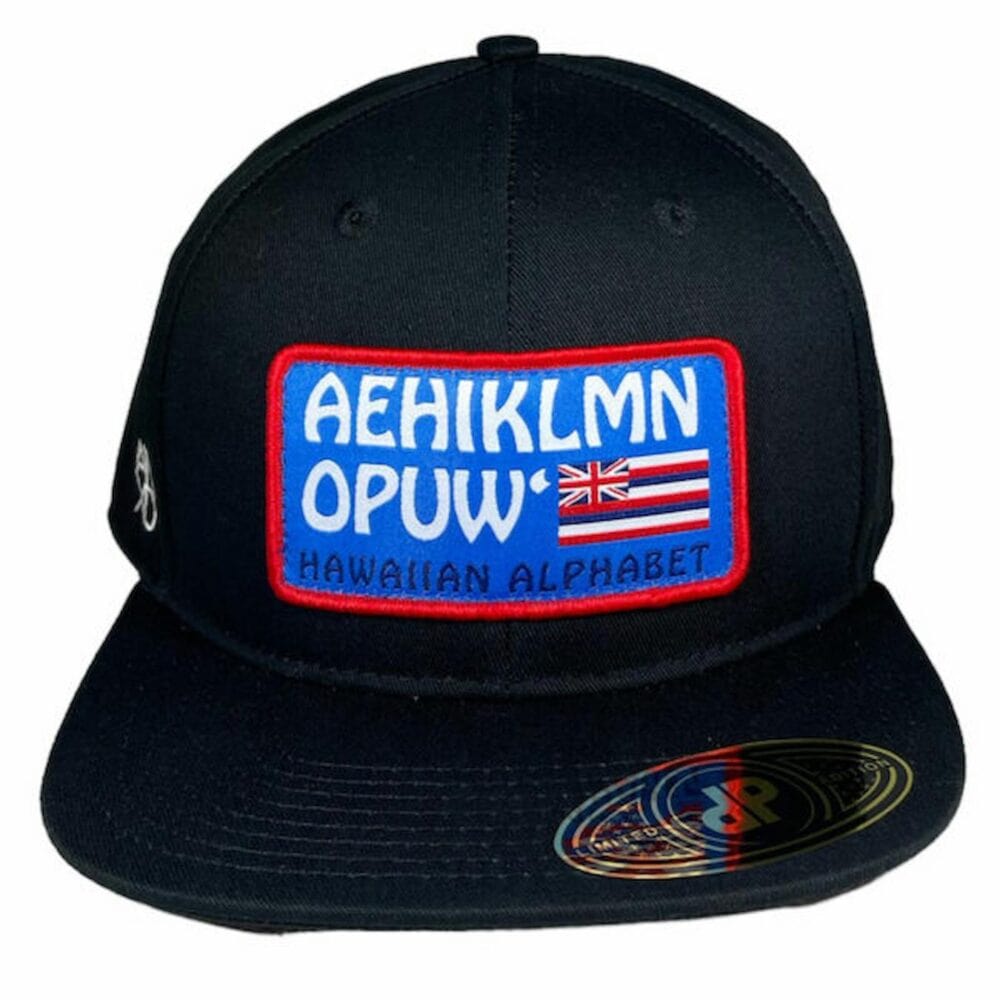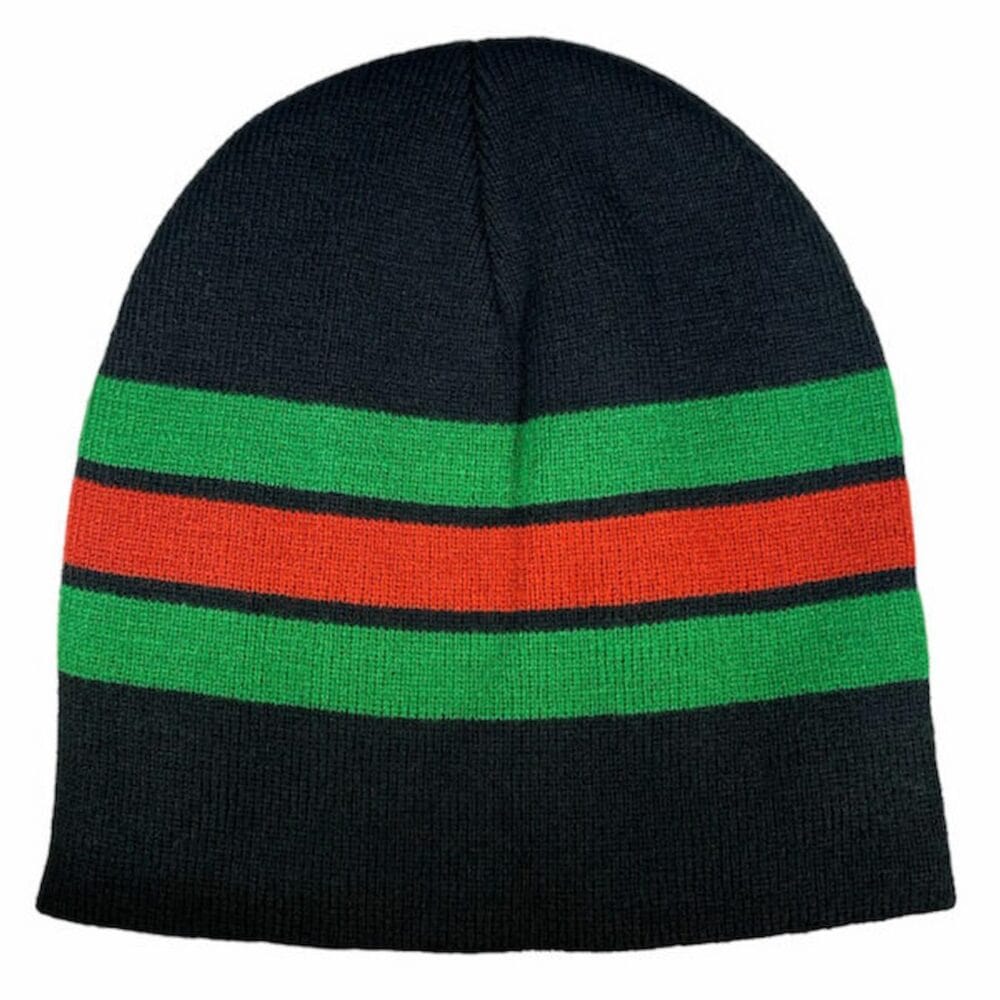Do you struggle as a parent to find apparel that actually fits your child? It’s not easy to find comfortable and stylish hats for kids, especially when they seem to grow an inch a day!
Sizing hats may be a little tricky, but we’ve got you covered. We’ve laid out an easy-to-follow sizing chart and a guide on how to measure your child’s head to get their accurate hat size.
Let’s dive in.
At a Glance
- It’s best to measure your kid’s head size before buying them a hat.
- Using our kids’ hat size chart will reduce stress, as you’ll be able to quickly look up your kid’s head size.
- It’s a good idea to buy a hat with a little bit of wiggle room. A too-tight hat will be uncomfortable on your kid’s growing head.
See Related: Types Of Hats: 18 Of The Most Popular Styles Throughout History
Do Girls and Boys Have Different Head Sizes?
According to Scientific American, boys tend to have larger heads and brains than girls from birth to advanced adulthood. However, contrary to what many people think, this difference in size does not mean that boys are more intelligent than girls. Research shows that physiological gender differences do not translate to intelligence.
Regardless of your child’s gender, the best way to learn what size fits best is to measure their noggin. Adjustable snapback hats are a great option and can help ensure a comfortable fit.
Bonus: The Ultimate Guide to Retail Merchandising
How to Measure a Kid’s Head Size
To measure your child’s head size, you only need a measuring tape. If you don’t have access to one, a string would also do the job just fine. Follow these steps to get an accurate measurement:
- Wrap the measuring tape or string where the hat would sit around your child’s head, just above the eyebrows and ears. Make sure you don’t wrap it too tight to allow for a tiny amount of wiggle room.
- If you’re using a string, mark the point where it meets. Use a ruler to measure until that point.
- Now, you can check your child’s head size on the chart. If the measurement is between two numbers, use the next size up.
Kid’s Hat Size Guide
Sizing typically varies slightly between companies, and different hat styles may not have the same sizing. Regardless, this hat sizing chart presents a general guideline for ensuring your kid’s hat fits properly.
| Head Size (inches) | Hat Size | Children’s Age |
| 16 – 17 | S | Infant – 6 months |
| 18 – 19 | M | 6 – 12 months |
| 19 – 20 | L | 12 months – 3 years |
| 20 – 21 | XL | 3 – 5 years |
| 21 – 22 | XXL | 5 – 8 years |
Final Thoughts
People buy hats for their kids for many reasons, whether that be for weather, sports, or style. Purchasing headwear from a good and reliable vendor ensures exceptional product quality and improves your overall shopping experience.
Here at Double Portion Supply, we are known for more than our impeccable customer service and expertly crafted wholesale caps. From trendy trucker caps to floral bill hats, our collection of headwear is great for the whole family.
Keep Reading: Is It Disrespectful To Wear A Hat Indoors?
Frequently Asked Questions
What Age Is the Size 52 Hat?
The size 52 hat fits a head circumference of about 20.5 inches. Children with a head circumference of that size are typically between three and five years old. Keep in mind that these numbers can vary based on the pace of a child’s growth and development.
What Is the Average Head Size for an 11-Year-Old?
The average 11-year-old’s head measures around 21 to 22 inches. In most cases, this would correspond to an adult’s size small (S) or a child’s XXL. Note that these sizing and measurements are just averages and may vary based on growth patterns, gender, and genetics.
–
Double Portion Supply is the largest snapback superstore in Hawaii. Since 2001, we’ve helped clients across the United States make their creative vision a reality. From wholesale hats to ANXD brand apparel, we carry everything you need to keep your own brand stocked. Plus, our custom services extend to T-shirt printing, so you stay fresh from head to toe. Get all the latest information by following us on Twitter, Facebook, Instagram, and Pinterest.




